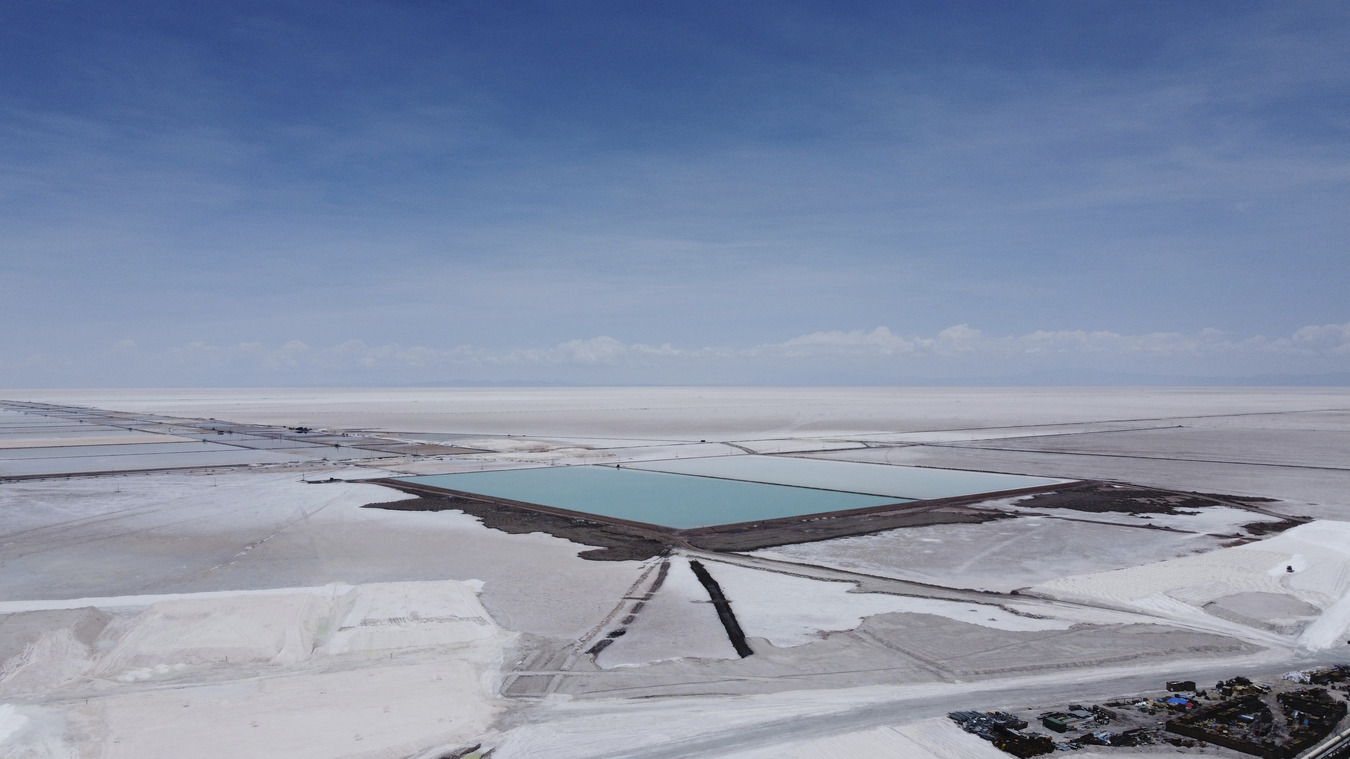Amid Controversy, Chile Pursues Energy Independence
Amid Controversy, Chile Pursues Energy Independence
The Piñera administration is pursuing energy independence, fearing lacking supplies will affect growth and mining investments.
In the face of a looming national energy crisis, Chile’s President Sebastián Piñera is pushing to diversify his country’s energy matrix, though technical limitations and ongoing environmental protests look to derail his administration’s plans. The government released a National Energy Strategy report February 28 outlining how Chile would meet its growing power needs over the next 18 years. The government backs a series of renewable energy solutions with the goal of energy independence and continued economic growth. But it’s uncertain whether non-conventional sources will produce the needed amount of power in time. For this reason, the government is pushing a series of hydropower projects to be built in Chile’s pristine Patagonia region. The multibillion-dollar projects would double the country’s capacity, though critics say the environmental costs outweigh the economic benefits and more emphasis should be placed on non-conventional and green energy sources. However, a viable solution is needed for the country to continue growing steadily and also supply power to the $100 billion mining investments currently in the pipeline.
Chile earns 15.2 percent of its revenue from mining, but mining uses 38 percent of the country’s energy supplies. If the government is to maintain promised annual growth levels of 6 percent and guarantee energy supplies to mining operations, it must increase electrical output by almost 50 percent by 2020. World Bank figures show that Chile imported nearly 70 percent of its energy in 2010, making it highly vulnerable to external volatility. Given that the 2004 energy crisis in Argentina led to an unexpected drop in supplies from across the Andes, as well as complicated relationships with neighboring energy-rich Bolivia and Peru, Chile is exploring ways to decrease its reliance on external providers.
Though lacking in oil and gas, Chile has huge hydro and solar power potential. The Piñera administration focused on these, as well as the development of a diverse matrix of unconventional energy sources, in its energy strategy. In 2009 the government passed a law for the development of non-conventional energy sources, obligating all energy producers in the north and central regions of the country to incorporate renewables into their energy production mix.
The government’s major focal point is the further pursuit of hydropower, which already supplies 34 percent of the country’s needs. The Supreme Court recently halted one Patagonian dam project, Energía Austral, due to environmental concerns. But HidroAysén, the largest and most controversial project, is scheduled to go ahead.
The $7 billion development consists of a series of five dams along two rivers in the southern Aysen region. Thousands protested against HidroAysén in May 2011, claiming the benefits the damming project would bring did not outweigh the environmental damage to the region. Considered one of the last pristine environments on earth and a national treasure, the area is an increasingly popular ecotourism destination. Environmental groups put up a legal challenge to the controversial project, but the Supreme Court ruled on April 4 that construction of the dams could proceed. However, approval has not yet been granted for the 2,000 kilometers of power lines that would connect the HidroAysén generator with the central region of the country, where most Chileans live. An environmental impact study is still being conducted and opponents will contest this key part of the project.
Environmentalists tout better energy efficiency and non-conventional renewables as the way out of Chile’s energy problems. But while the government incentivizes their development, strong doubt remains as to whether they will be able to meet energy needs in time. Chile requires increasing amounts of energy to fuel the booming mining sector and rising standards of living. Piñera stated in January that he wanted 45 to 50 percent of Chile’s energy supply to come from hydropower over the next 20 years. However, damming Patagonia could cost the president political capital—a March poll found he had a 29 percent approval rating. Another poll measured public disapproval for the project at 74 percent.
Learn more:
- Read the AS/COA Energy Action Group paper Toward Energy Security in Chile
- Visit Chile’s Energy Ministry website
- Read the Piñera administration’s National Energy Strategy (PDF)
- Read a breakdown of statistics for Chile’s electricity sector
- Access a map of locations for the HidroAysén dams
- View a slideshow of the Aysen region on The Guardian








